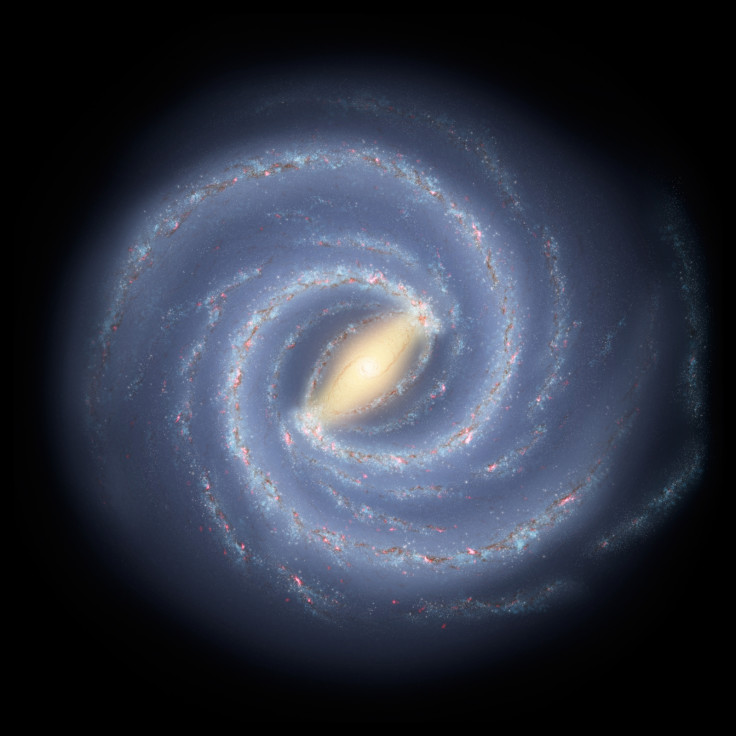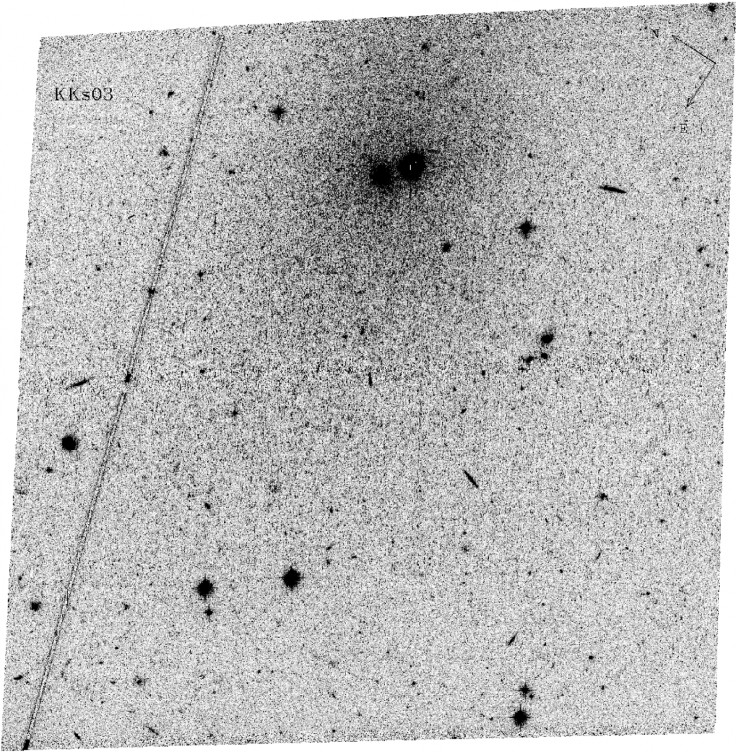Milky Way's new neighbour is a dwarf galaxy 7 million light years away

A tiny and isolated dwarf galaxy almost seven million light years away is the latest addition to the "Local group" or cluster of galaxies to which the Milky Way belongs.
As more such galaxies are detected, scientists hope to prove that our neighbourhood is not as empty as believed.
The dwarf galaxy Kks3 is located in the southern sky in the direction of the constellation of Hydrus and has only one ten-thousandth of the mass of the Milky Way.
It has no spiral arms or the gas and dust needed to spawn new generations of stars, leaving behind older and fainter relics.
This could be due to the dust being stripped by nearby massive galaxies or due to an early burst of star formation that used up the available gas resources.
The Russian-American team, led by Prof Igor Karachentsev of the Special Astrophysical Observatory in Karachai-Cherkessia, Russia, found the new galaxy using the Hubble Space Telescope's (HST) Advanced Camera for Surveys (ACS) in August 2014.
Astronomers are interested in dwarf spheroidal galaxies (dSph) objects that are hard to detect. A huge number of dwarf spheroidal galaxies can change present theories about the evolution of the cosmos.
Even HST struggles to see them beyond the Local Group.

The absence of clouds of hydrogen gas in nebulae also makes them harder to pick out in surveys, leaving scientists to identify individual stars.
Only one other isolated dwarf spheroidal, KKR 25, has been found in the Local Group, and was discovered by the same group back in 1999.
The Andromeda galaxy at 2.5 million light years away is the Milky Way's closest and heaviest neighbour in the Local Group. While some studies had hinted that dark matter may give the Milky Way a decided edge over Andromeda, more recent ones using the Spitzer telescope showed Andromeda to have double the number of stars as the Milky Way.
Galaxy clusters have also been found to be linked in structures called superclusters with the Milky Way being part of the Laniakea supercluster.
© Copyright IBTimes 2025. All rights reserved.





















